Estimation of site works is one of the trickiest aspects of construction estimation. As It involves several variables that are sometimes unknown when starting the projects.
It is extremely important to assure the accuracy of estimates at the beginning of the projects. You can get significant savings from a little vigilance. The main factor that can make or break are the estimates of earthwork.
The difficult task for an estimator is assessing the hidden factors such as type of soil, the requirement of the slope of the banks, groundwater conditions, requirement of dewatering, and whether any bracing or piling will be required for stability.
Technology Today provides us with many convenient approaches to site works estimation. Now you can develop 3D cut and fill models which can tell us a lot of details to make our judgments very accurate. However, as estimators, you should be looking at each factor that is critical for developing the most accurate estimate.
This article is sharing some critical aspects that should be considered by estimators and contractors to work out site work estimates.
Answer These Critical Questions for Site Works
What requirements are mentioned in the project specifications?
What is the excavation requirement and from where it will be done?
How you will get the Earth filling done? How will the excess earth treated? Where is the dumpsite? These questions are important to determine your complete costs.
However, these are not the only concerns. You must take into consideration site management issues as well.
How many other contractors involved? Who is responsible for clearing and grubbing? What is the treatment of trees that are coming in the area of earthwork and who will take care of them?
What are trenching requirements for electrical and/or mechanical works? Etc.
Site Works -Determine the Soil Type
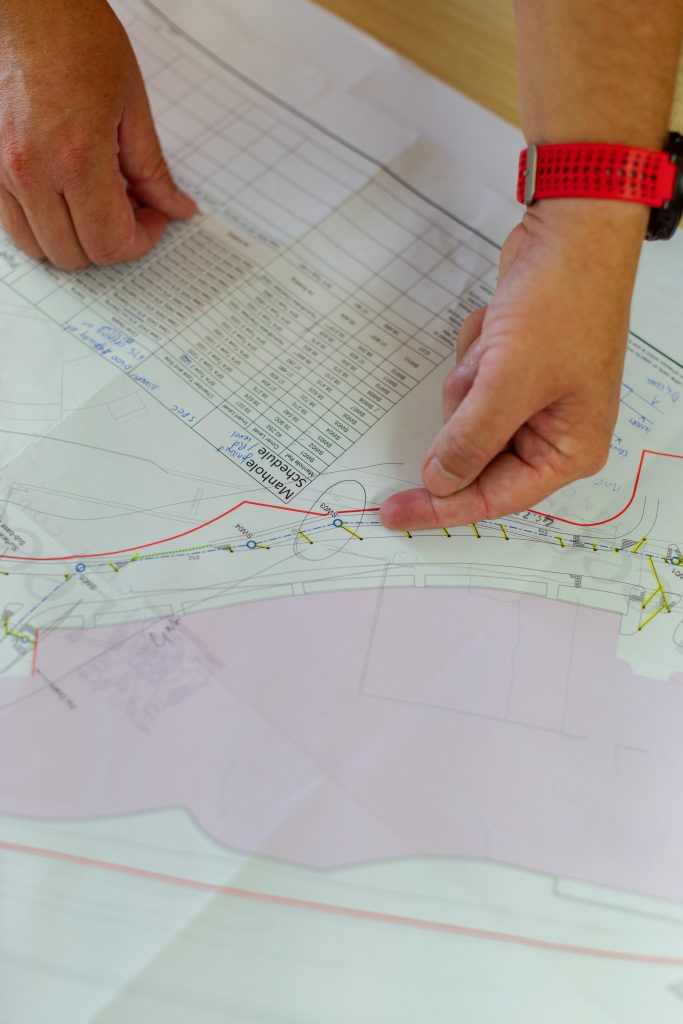
As part of the project plan documents, the soil borings report is usually provided. That is a start for an estimator to assess the soil type. However, there is a chance that the owner or the engineer/architect may not take responsibility for the correctness of these documents.
In this case, you have to be extra cautious to check for any notes on drawings and other information that can help you identify the correct soil type.
It is also prudent to check the soil type personally. You should visit the site with a long-handled shovel or goal post hole digger to personally check the soil type and include in notes.
Estimators and contractors should also qualify their assumption upfront when quoting the prices. If the ground situation is different than the documents provided; you can put up a justifiable claim. Also, if there is a requirement for soil investigation you should build in the testing costs in your bid.
Calculate Swell and Compaction of Earthwork
Developing a quantity takeoff for excavation requires the understanding of the unit of measures for different earth materials and how they expand and compact. The unit of measure for excavation is cubic yards (cy) (27 cubic feet = 1 cy) for use in quantity takeoffs.
The bank material is the material in its natural state and undisturbed. The unit of measure for bank material is bank cubic yards. Due to the excavation activity the earth goes into the disturbed state. That is why the earth swells. It is becoming the loose material. Similarly, the loose material is measured in loose cubic yards (lcy).
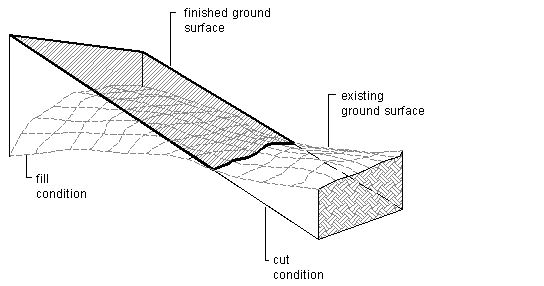
The usual percentage of swell considered 10 – 18% for sand and gravel, 15 – 25% for loam, 20 – 35% for clay, and 40- 70 % for solid rocks.
A similar thing happens when we compact the earth in the filling process; the bulk of material shrinks. The shrinkage in earthwork filling and back-filling is measured the same way shrinkage is measured.
Sand, gravel, loam, and clay shrinks to 85 – 100% compaction level. Solid rocks can be compacted to 130%. The compacted materials are measured in compacted cubic yards (ccy); considering the percentage shrinkage factors.
The percentage mentioned above is based on the average values experienced in the field. To determine accurate soil characteristics with regards to swelling and shrinkage; you should go for lab testing where possible.
Site Works – Determine the Equipment Requirement
One of the most critical determinants of project cost is the equipment. The projects requiring heavy earthwork might need the use of heavy machinery.
Most mid to large size projects use earthmoving machinery. The main choices are power shovels, front end loader, dump trucks, backhoe, trenching machine, etc.
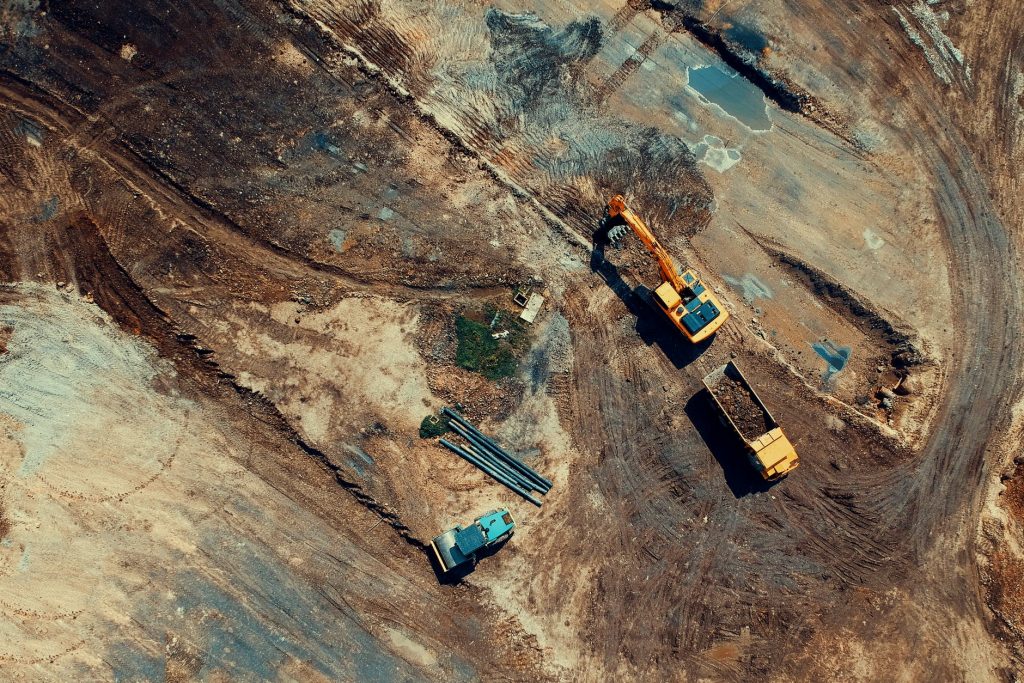
The final choices for equipment are dependent or various factors like what is the requirement of the project, what type of equipment the contractor owns, and the capacity of the equipment.
The bid will become noncompetitive if rental equipment have to be used.
Understand Site Works Grading Requirements
Each site has some requirement for earthwork adjustments. Estimators have to determine the cut and fill quantities very meticulously. The same material quantities that are being cut, can be adjusted in the fill areas.
And also, to determine how much material would be required if the fill quantity is more than the cut quantities.
Considerations for haulage; distance, quantities, and equipment required are critical for estimation of site grading.
The site plan is the main starting point for the estimator to determine the site cut and fill requirements. The elevations marked on the site plan drawings; with contour lines showing the variations compared to a set benchmark.
We can use several methods to determine accurate dimensions for site works grading. However, by using 3D models for site visualization as well as for cut and fill; it has become much easier to estimate all the various intricacies of this process.
Bidding Enterprise has excellent expertise in developing cut and fill 3D models. They provide these as part of the estimation package at no additional cost to the customers.
Conclusion
We have shared some the key areas that should be focused for estimating site works.
However, depending on the requirements of the project there can be additional requirements such as topsoil removal, backfilling for deeper foundations, special excavation requiring special equipment, special fill requiring engineered soil, etc. So, all these factors should be determined accurately to workout site works estimates and quantity takeoffs.
Bidding Enterprise is an award-winning, quantity takeoff, and cost estimating company. Last year alone we estimated 1900+ projects. If you are looking for quality services that will enhance your chances of winning, share your project plans at
Michael@BiddingEnterprise.US
and we will get back to you with a proposal for our services.

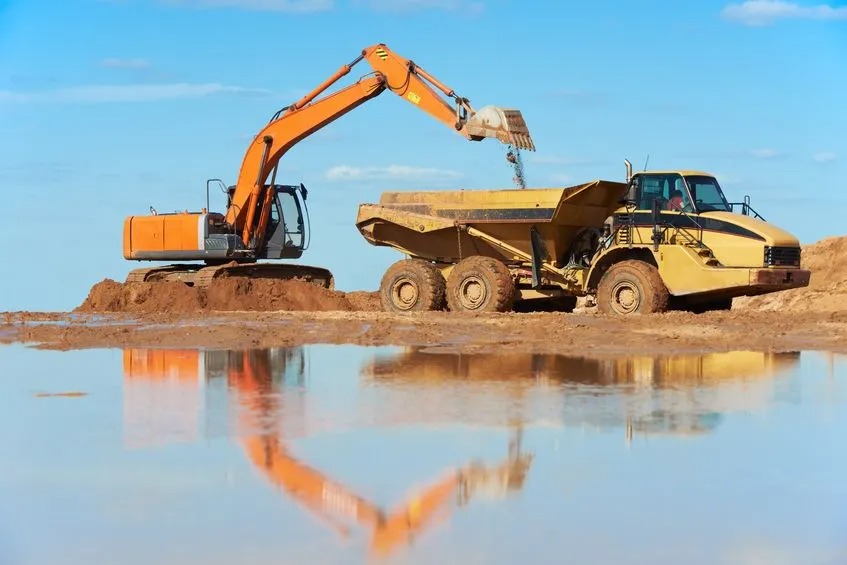



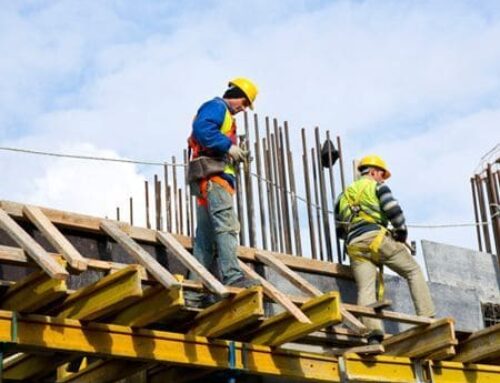
Leave A Comment